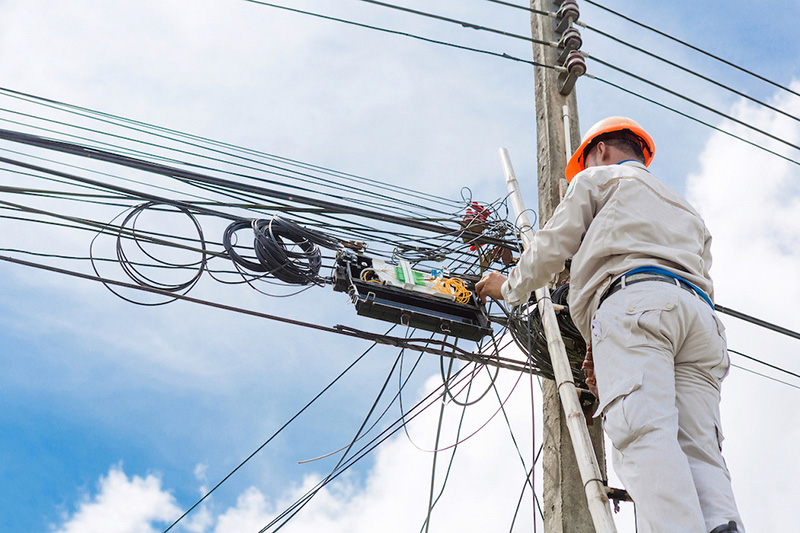Five steps for service leaders during COVID-19.
The global crisis we find ourselves in is unprecedented. With the rapid spread of COVID-19 disrupting nearly every part of daily life, service cannot stop. All service can be critical when the consequences of inaction are dire. Yet, leaders have to be ever more intelligent about the use of their resources given the restrictions currently in place. Below are five areas that service leaders should focus on as they navigate these uncertain times.

Even in times of a global crisis, service cannot stop.
For resources in the field, effective and consistent communication is key to ensuring adherence to stricter health and safety protocols. This communication must extend to all stakeholders so that field technicians aren’t placed in any danger when looking to support customer needs. Back-office staff should be aware of updated scheduling guidelines to ensure the right resources for service work. Customers must be communicated with to ensure safe and efficient access to service equipment, even if it is after hours or during downtime. And most importantly, field technicians must be aware of safety protocols so that they complete necessary safety checklists, conduct proper site assessments, and have the necessary personal protective equipment before engaging in service work. The tendency for field technicians is to throw themselves into their work and the service of their customers. For now, it is incumbent on service leaders to remind technicians to serve themselves before they focus on the customer.
A crisis, such as the one presented by this global pandemic, offers its share of challenges but also presents several opportunities. Perhaps the biggest opportunity for service leaders is to use this time to personally connect with and build relationships with their service staff and their customers. As the service leader at a large medical device supplier stated, “The best advice is to open up opportunities for collaboration and communication. Knowing a little more about your customer or employee can have such a significant impact in the health of your relationship. The best leaders will be those that display empathy.” We couldn’t have said it any better.

Sumair Dutta
About Sumair Dutta
Sumair Dutta is the director of digital transformation at ServiceMax. In his role, he works closely with ServiceMax customers to maximize the results from their business and digital transformation journeys. He works closely with leaders of service businesses to define and shape their service vision while working hand in hand with implementation teams to execute on established service plans.
Sumair is a thought leader in the field service and service management spaces and has conducted numerous research projects in the areas of field service, customer support and business strategy. He brings more than 15 years of experience in studying, analyzing and guiding field service organizations, first at the Aberdeen Group and most recently as the chief customer officer at The Service Council.
Scott Ellyson, CEO of East West Manufacturing, brings decades of global manufacturing and supply chain leadership to the conversation. In this episode, he shares practical insights on scaling operations, navigating complexity, and building resilient manufacturing networks in an increasingly connected world.